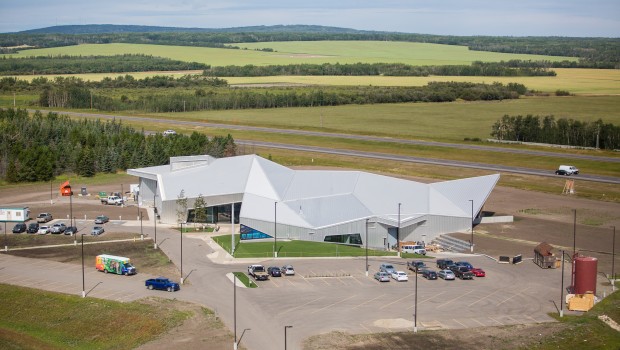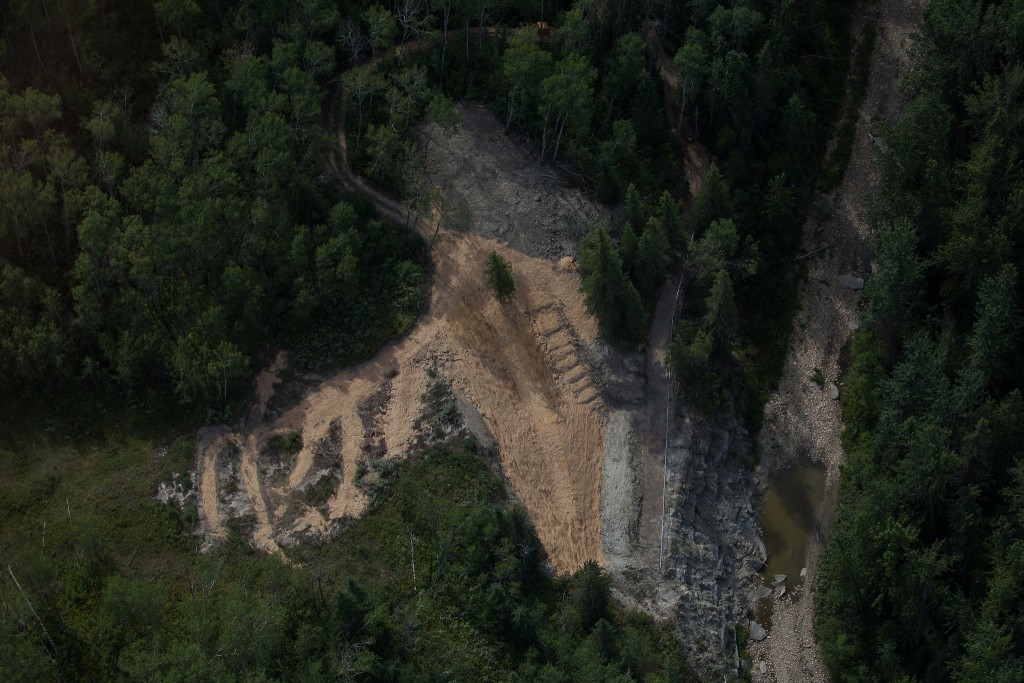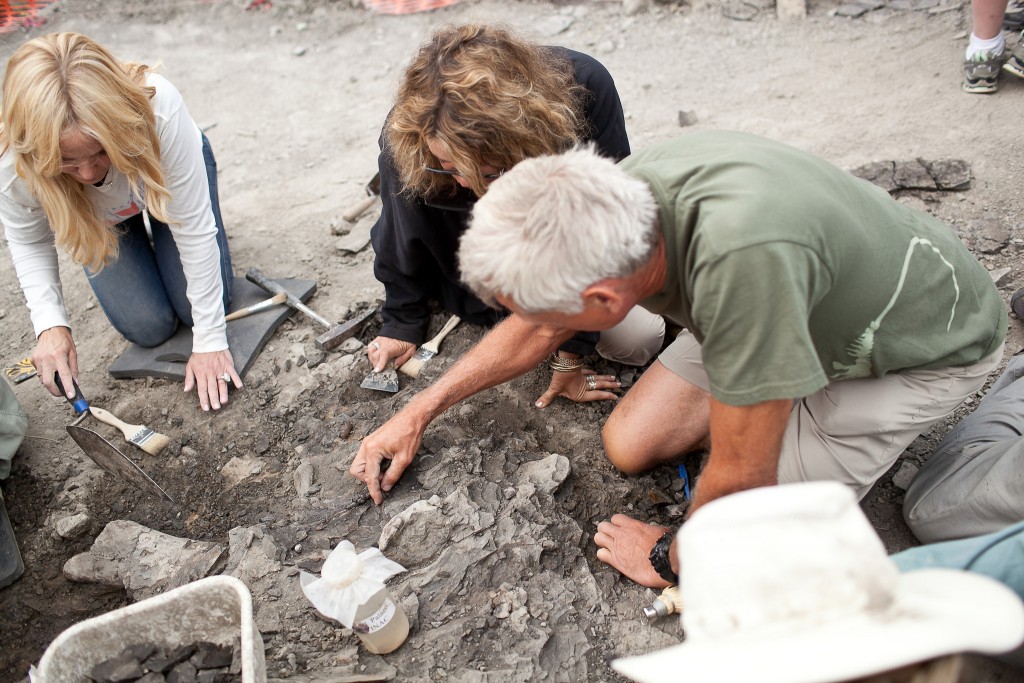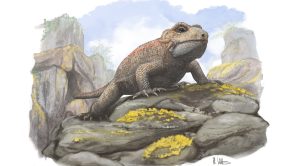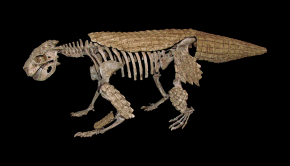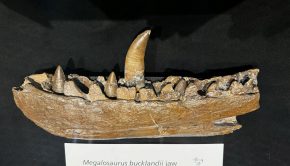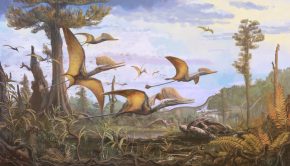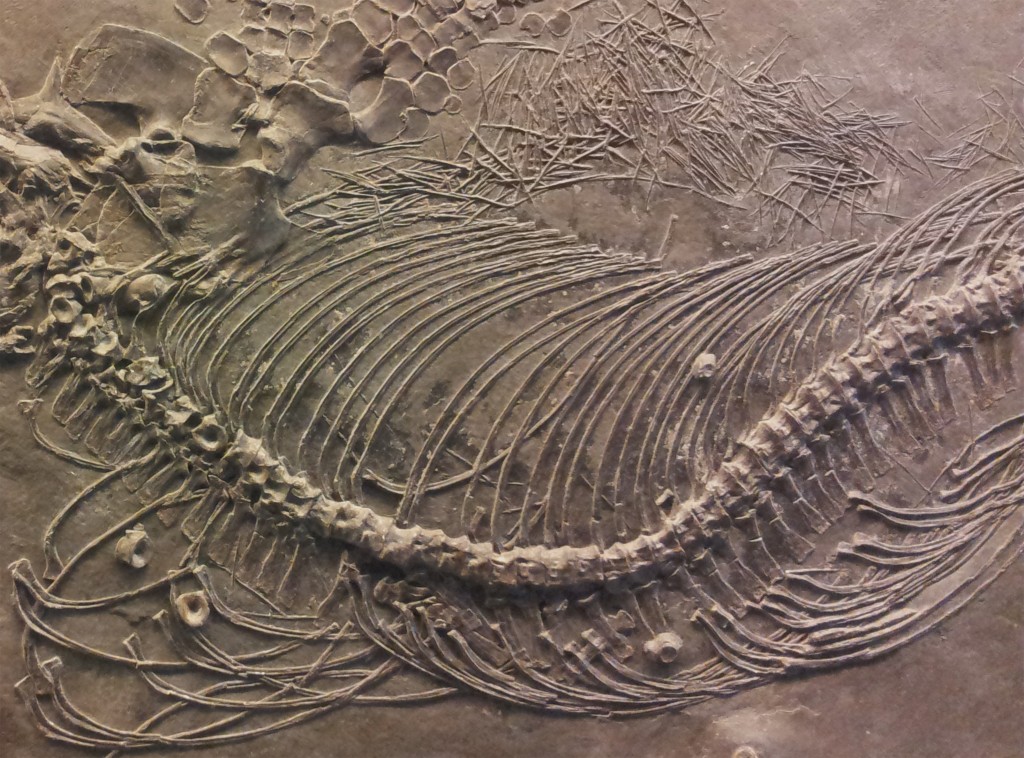Philip J. Currie Dinosaur Museum Opens
A new museum is set to open to the public in northern Alberta, Canada. The Philip J. Currie Dinosaur Museum can be found north of Grande Prairie, in the town of Wembley, just off a major highway going through the area. This may seem like a strange place to put a new state-of-the-art palaeontology museum, but there are plenty of reasons why this new museum can be found here.
In the 1970s, local school teacher Al Lakusta was walking along Pipestone Creek, approximately 18 km from the site of the museum, where he found some fossils sticking out of the bank. These fossils turned out to be those of a new species of horned dinosaur, Pachyrhinosaurus lakustai, named after the teacher that found it. Instead of a large nasal horn (as seen in Triceratops), P. lakustai has a large nasal boss, a bony eminence not formed into a horn, but more of a bony shelf, as well as other little spikes and horns. The fossils are part of a large bonebed, at least a few football fields in size, although most of it remains currently unexcavated. The Pipestone Creek Bonebed (also called the River of Death and Discovery Bonebed) was first studied by the Royal Tyrrell Museum in the 1980s when Canadian palaeontologist Dr. Phil Currie was working there. He helped recognise the significance of the new find, and named the new species, and has been involved with the project ever since. When he moved to the University of Alberta, they continued doing field work at Pipestone Creek, seeing what else there is to discover. Thousands of bones have been discovered at this site, thought to resemble a mass-death assemblage formed when a group of Pachyrhinosaurus got caught in a flash flood, drowning them all and washing the bodies down the river, resulting in a jumbled mess of thousands of bones.
Since moving to the University of Alberta, much of the material from Pipestone Creek and other sites in the area has been excavated, prepared, and studied by Dr. Currie’s Dinosaur Lab. However, there is enough material and palaeontological sites to warrant a museum of it’s own, to showcase what has been found in this area. Alberta is one of the best places in the world for Late Cretaceous dinosaur fossils, and while the Royal Tyrrell Museum of Paleontology in southern Alberta is well known, there are now museums in northern Alberta, where fossils of dinosaurs, marine reptiles, turtles, and more are frequently found. For this reason, the County of Grande Prairie decided that a new dinosaur museum should be built, after several decades of discussion. When a local family donated some of their farm land to the cause, museum plans took off.
Of course, they needed to come up with a name for the museum. Honouring world-renowned Phil Currie seemed like the obvious choice as he’s dedicated his life to palaeontology, and palaeontology in Alberta specifically. He helped put Alberta, and northern Alberta in particular on the map for dinosaur palaeontology. For this reason, no one was surprised when they announced the name of the new museum, no one except Phil of course. Anyone who has met Phil knows he’s not one for publicity, and this honour was a shock to him.
Phil Currie had this to say about the Pipestone Creek bonebed, and the museum: “My first trip to see fossils in the Grande Prairie region was in 1976, when we were on our way to the Peace River Canyon to collect dinosaur footprints. The quality of the bones suggested that it was an area wide open for new discoveries. Unfortunately, although I continued to visit the region almost annually, it was impossible to do a serious field program because of other priorities, including the opening of the Royal Tyrrell Museum of Palaeontology. When the Museum opened in 1985, we turned our attention north at last, focussing on the Pachyrhinosaurus bonebed on Pipestone Creek (some 20 km south of Wembley). That locality, discovered by high school teacher Al Lakusta, turned out to be one of the richest dinosaur bonebeds that we have ever seen and excavated (we still collect there every year). Spending more time in the area was the key to making many more discoveries ourselves, and for building a strong interest in dinosaurs amongst the enthusiastic locals. At that time, they were already fantasizing about building a dinosaur museum, possibly in conjunction with the college. In 2010, the County of Grande Prairie hired a project manager (Brian Brake) to see if they could turn those dreams into a reality. Some five years later, the museum will open its doors to the public (ironically 30 years and two days after the Tyrrell Museum opened its doors). Somewhere along the way, I was surprised to learn that they decided to call it the Philip J. Currie Dinosaur Museum! Although I have had little to do with the development of the PJCDM, I nevertheless am very proud to see how its research/preparation/education/display functions have developed into a fine building that will ensure the continued discovery and research of vertebrate fossils in this region of the province. In a very perceptive move, the county has also endowed a research position at the University of Alberta. The new professorship will be based at the PJCDM, and will spearhead some of the advanced education and research initiatives of the University. “
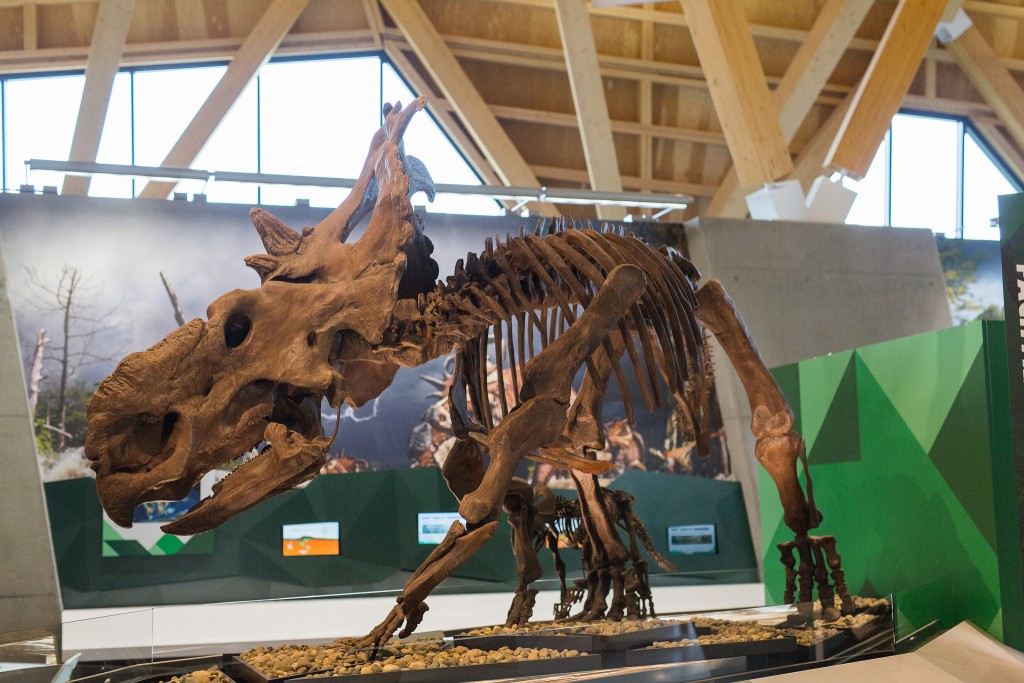
Pachyrhinosaurus lakustai skeletal cast on display at the Philip J. Currie Dinosaur Museum. Image credit Candice Popik
The museum has been supported by local businesses, with some government funding from the County of Grande Prairie, and fundraising, thanks a lot to Canadian actor Dan Aykroyd. After visiting the Pipestone Creek in 2010 with his family, he agreed to lend his name to the cause, and has even a frequent member to fundraising activities, including the annual Amber Ball. He’s managed to get several Hollywood friends involved, including Matthew Gray Gubler, Fran Drescher, and author Patricia Cromwell. After years of fundraising, planning, and organising, the Philip. J. Currie Dinosaur Museum is officially opening this weekend.
Anyone around the area should go check out this new and exciting museum. If you want to know more about dinosaurs in Alberta, check out our podcast with Dr. Currie!
Top image: Aerial view of the Philip J. Currie Dinosaur Museum. Image credit Candice Popik.

